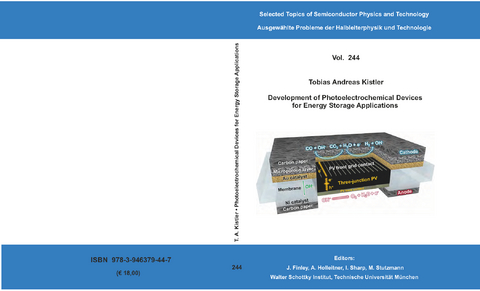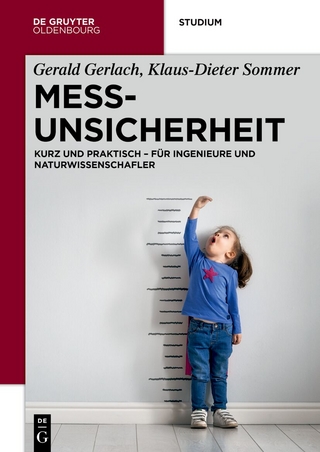Development of Photoelectrochemical Devices for Energy Storage Applications
Seiten
2022
Verein zur Förderung des Walter Schottky Instituts der Technischen Universität München (Verlag)
978-3-946379-44-7 (ISBN)
Verein zur Förderung des Walter Schottky Instituts der Technischen Universität München (Verlag)
978-3-946379-44-7 (ISBN)
- Titel nicht im Sortiment
- Artikel merken
Increasing, anthropogenic carbon dioxide emissions have aggravated the search for photoelectrochemical (PEC) options to produce fuels by splitting water and reducing CO2. PEC methods provide an opportunity to produce sustainable, clean fuels and commodity chemicals, utilizing two of the most abundant resources on Earth: water and sunlight. However, to date, limited durability combined with low energy conversion and reactant utilization efficiencies have prevented commercialization and restricted PEC applications to mostly small, laboratory scales. Caustic liquid electrolyte deployed in many PEC devices is oftentimes responsible for their low durability. In this work, two membrane electrode assembly-type device architectures are presented, which enable replacing the liquid electrolyte by a solid electrolyte, while permitting the integration of a broad array of materials for various applications. Both architectures minimize the path length for ion conduction, thereby allowing the use of a vapor feed, which significantly reduces corrosion of the photoabsorber by reducing its contact with liquid electrolyte. As a result, stable operation for more than 1000 h, at an efficiency level comparable to the best-performing devices, was demonstrated. In addition, scale-up by a factor of 8 and using concentrated light confirmed the good performance of the cells. Similar efficiency and durability was achieved during indoor and outdoor operation, and at two distinctly different locations. One of the device architectures is fully-integrated, which means no wires are needed to connect the light absorber and electrolyzer components of a PEC device. Typically, the nature of fully-integrated PEC devices prevents measurement of electrical current and thus of the faradaic efficiencies. Here, a solution is presented by placing an electrical shunt between the photoabsorber front contact and electrolyzer catalyst. Via the shunt path, the electrons can be rerouted through a potentiostat before they react in the electrolyzer. Simultaneous measurement of electrical current and voltage proved to be crucial in assigning performance losses to a particular component, consequently allowing device improvements. Specifically, pairing the collected current-voltage data with a novel, analytical method permitted the deconvolution of photoabsorber- and catalyst-driven performance losses. Finally, with this analytical method, it is demonstrated that roughly 10% of the achieved efficiency was enabled by heat exchange between the fully-integrated photoabsorber and electrolyzer components. This marks an important demonstration concerning a long-standing point of discussion in the field of photoelectrochemistry: should photoabsorbers be integrated into an electrolyzer?
| Erscheinungsdatum | 25.08.2022 |
|---|---|
| Sprache | englisch |
| Maße | 150 x 210 mm |
| Themenwelt | Naturwissenschaften ► Physik / Astronomie |
| Schlagworte | Energy Storage • Hydrogen • Solar energy |
| ISBN-10 | 3-946379-44-3 / 3946379443 |
| ISBN-13 | 978-3-946379-44-7 / 9783946379447 |
| Zustand | Neuware |
| Haben Sie eine Frage zum Produkt? |
Mehr entdecken
aus dem Bereich
aus dem Bereich
von den Werkzeugen über Methoden zum TQM
Buch | Softcover (2024)
Springer Fachmedien (Verlag)
32,99 €
kurz und praktisch - für Ingenieure und Naturwissenschafler
Buch | Softcover (2024)
De Gruyter Oldenbourg (Verlag)
44,95 €




